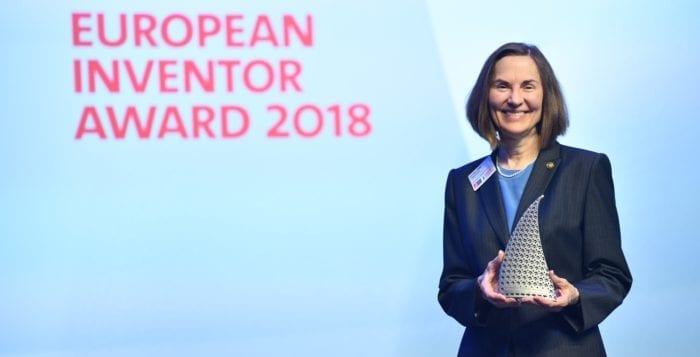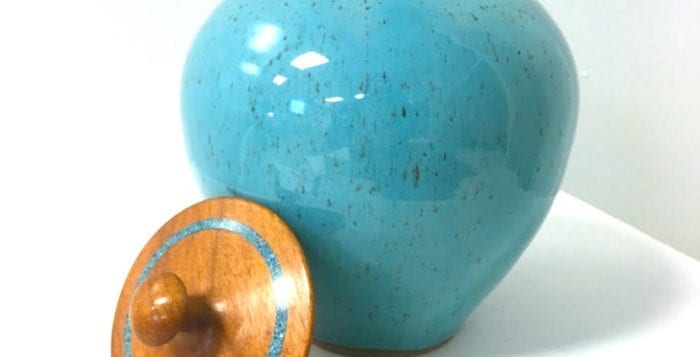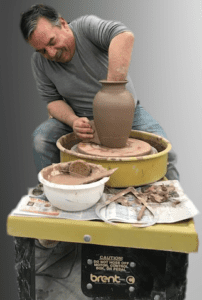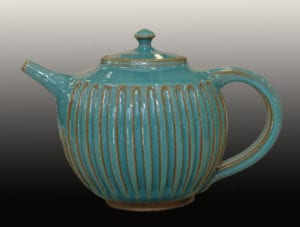By Barbara Beltrami
There are some foods that need all the help they can get for flavor, and there are other foods that are exquisite as they are and need very little or no help. With their briny natural flavor, clams are a perfect example of the latter. In fact, their only permissible enhancements should be fresh lemon or melted butter. Chilled, freshly opened and slurped from the half shell, they are peerless for succulence. Steamed and served with their own broth, they are voluptuously pleasing to the palate. And roasted or grilled, they are simply scrumptious. And in a sauce over a delicate pasta? Divine. Here are three basic recipes that feature clams with minimal secondary ingredients. It would be criminal to camouflage or detract from that sweetly brackish flavor.
Steamed Clams
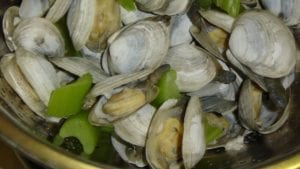
YIELD: Makes 6 servings
INGREDIENTS:
6 pounds soft shell clams
1½ sticks unsalted butter
Juice of one lemon
Salt and freshly ground pepper, to taste
2½ cups cold water
1 medium onion, coarsely chopped
2 ribs celery, cut into thirds
1 bay leaf
DIRECTIONS:
Soak the clams in a large pot of cold water, move them around a bit, let them settle, then change water and repeat procedure twice until clams are very clean and there is no sand in the bottom of the pot. In a small pan, melt butter over low heat, then add lemon juice, salt and pepper and stir well. Set aside to keep warm.
In a large pot combine the two and a half cups water, onion, celery, and bay leaf. Bring to a boil and cook for 5 minutes; add clams and cover pot. Check in about 5 minutes for clams to be open. Discard any clams that don’t open after a few more minutes.
Transfer opened clams to a large serving bowl; set aside to keep warm. Remove and discard onion, celery and bay leaf; pour the broth through a cheesecloth-lined strainer and stop before you get to the sediment at the bottom of the pot. Pour the hot broth into small bowls or cups, likewise with the melted butter and place one of each at each diner’s place. Put bowl of clams, accompanied by another bowl or two for discarded shells, in the middle of the table. Serve with ice cold beer, lots of crusty bread and plenty of napkins.
Roasted Clams
YIELD: Makes 4 servings
INGREDIENTS:
24 medium hard-shell clams
Sea salt and freshly ground pepper, to taste
½ stick butter, melted
Lemon wedges
DIRECTIONS:
Preheat oven to 450 F. Scrub clams under cold running water; arrange in shallow roasting or baking pan. Bake 5 minutes or until shells open; remove from oven. When cool enough to handle, remove top shell; serve on lower shell after sparingly seasoning with salt and pepper and drizzling or brushing with melted butter. Serve with freshly picked corn on the cob, sliced garden tomatoes with fresh basil and garlic bread.
Clam Sauce
YIELD: Makes 4 servings
INGREDIENTS:
4 pounds littleneck or Manila clams, well scrubbed and rinsed
½ cup water or dry white wine
4 garlic cloves, finely chopped
½ stick butter
1 handful parsley, finely chopped
Freshly ground black pepper, to taste
DIRECTIONS:
In a large pot, steam the clams in water or wine until they open. Remove clams from pot; discard any that do not open; reserve cooking liquid. When they are cool enough to handle, remove the clams from their shells, cut up any large ones and set aside to keep warm. In a small skillet over medium-low heat, cook garlic in butter 3 to 4 minutes until it releases its aroma. Carefully add the cooking liquid; be sure to leave residual sand in pot. Add parsley and pepper, then clams; cover and gently reheat, but do not overcook, when ready to serve. Serve with capelllini or linguine and a crisp green salad.

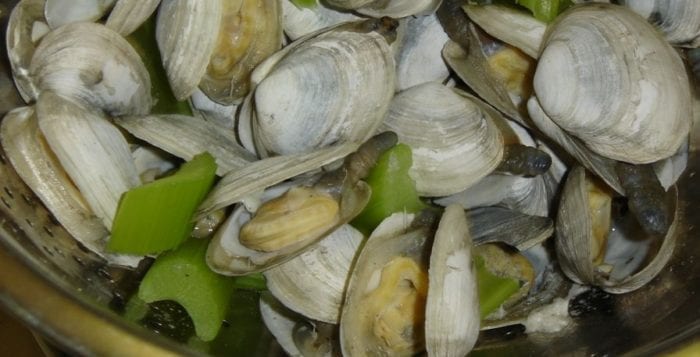



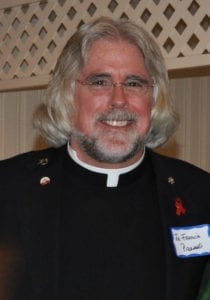



 YIELD: Makes 10 servings
YIELD: Makes 10 servings
 This handsome man is Rocky, a 5½-year-old lab mix who is as friendly as can be. Rocky gives the best doggy kisses and he even gives hugs! Rescued from a high kill shelter in Texas, this sweetheart is now safe at Kent Animal Shelter and dreams of the day he will have a loving family. Could that be with you? Rocky comes neutered, microchipped and up to date on his vaccines.
This handsome man is Rocky, a 5½-year-old lab mix who is as friendly as can be. Rocky gives the best doggy kisses and he even gives hugs! Rescued from a high kill shelter in Texas, this sweetheart is now safe at Kent Animal Shelter and dreams of the day he will have a loving family. Could that be with you? Rocky comes neutered, microchipped and up to date on his vaccines.
